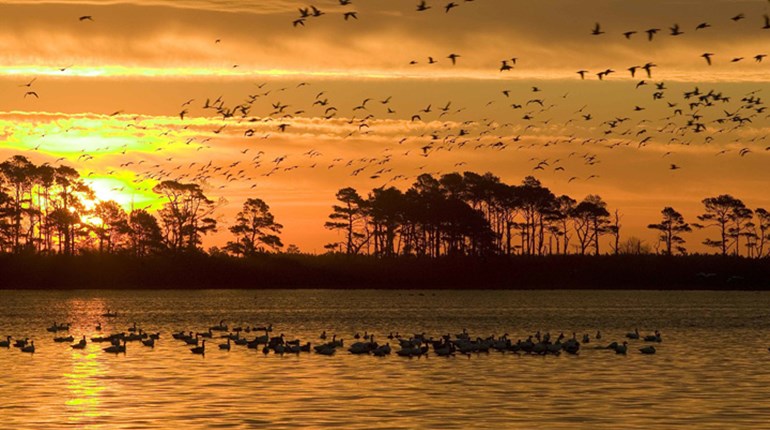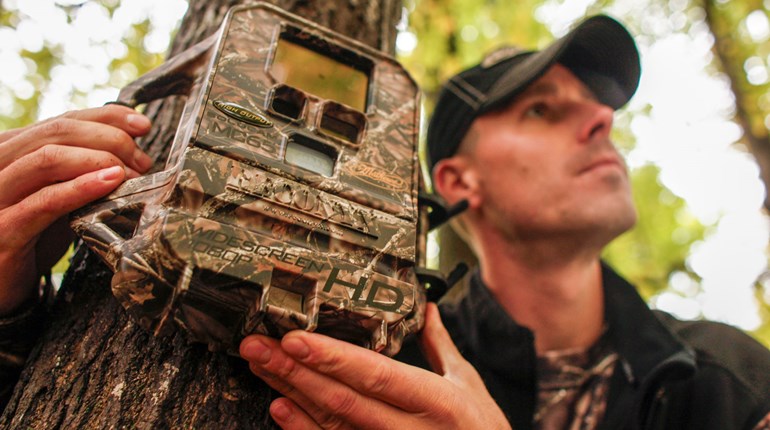
Delta Waterfowl president Rob Olson weighs in on the effectiveness of controlling predators to increase hatch success.
This past summer, we did a small-scale test of predator management in a new area of eastern North Dakota with very little CRP grass cover for nesting hens to hide in. Guess what? Two trapped sites averaged 36 percent nest success while two un-trapped sites averaged just 4.9 percent. This is just one year of data so caution is required in interpreting these results. So what does this all mean for predator management in North Dakota?
In all, if last year’s low-grass sites continue to produce promising results, we will feel that our 15 years of research in ND will have told us where and when to trap predators for nesting ducks: areas with low grass or pretty much anywhere when red foxes are abundant. This is why it is so essential to do the research and do it well. The only path to success is doing the science and following the results wherever they take you which is what we intend to carry on doing.
Emphasis mine. Kudos to Delta for studying and advocating predator management while other groups shy away from it.Ducks certainly need strong nesting habitat, butthere are more skunks, foxes and raccoons in the prairie pothole region now than before settlers arrived. That is not a natural condition. I am convinced that if we want to help ducks, we need to control egg-eaters.




































